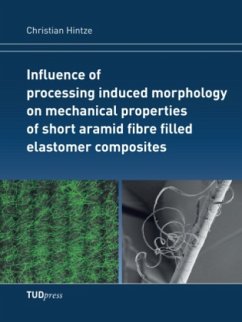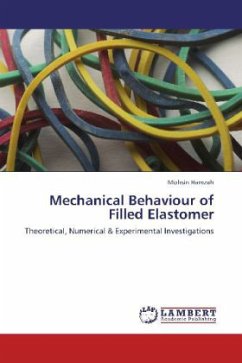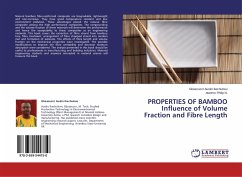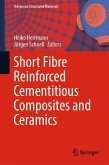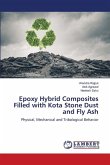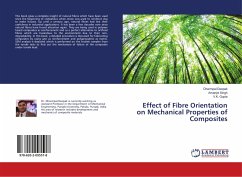The aim of the present work was to investigate and correlate the influences of processing and material parameters on the morphology and resulting properties of short aramid fibre elastomer composites. Especially the dispersion, length distribution and fibre-matrix interaction of two types of different dipped short aramid fibres in ethylene-propylene-diene rubber (EPDM) and natural rubber (NR) and their influence on the resulting properties was under investigation. Because most optical microscopy techniques were hampered by the presence of carbon black in typical industrial formulations, corresponding transparent model compounds were prepared to characterise the fibre morphology. The determined morphology-property relationships for the transparent compounds were successfully transferred to the carbon black filled compounds and were therefore leading to better understanding of their influencing factors.
Hinweis: Dieser Artikel kann nur an eine deutsche Lieferadresse ausgeliefert werden.
Hinweis: Dieser Artikel kann nur an eine deutsche Lieferadresse ausgeliefert werden.

